Why you can trust TechRadar
As I expected based on my experience of the FZ200, the Leica f/2.8 25-600mm lens performs very well across its focal range, particularly when you consider the camera's small 1/2.3-inch sensor. Unsurprisingly, the lens loses a little quality at its longest end, but the fall-off is negligible, and I was pleasantly surprised by just how well it performed at 600mm, even at f/2.8.
The only real weakness I could find was the lens's susceptibility to flare, so care needs to be taken when you're shooting towards the sun and the included hood is particularly welcome.
At all focal lengths the sweet spot tends to be between about f/3 and f/5, although sharpness at the centre of the frame is very good even wide open. Diffraction does set in towards the upper limit of f/8, but it's still a usable aperture, particularly at the long end of the lens where you may sometimes need it to get sufficient depth of field.
At wider apertures, particularly f/2.8, a really lovely bokeh can be achieved, enabling you to isolate subjects against a soft, dreamy background.
Distortion is very well controlled throughout the zoom range. Some slight chromatic aberration was noticeable in the highlights at times, for example when photographing trees against a bright sky, but it's not that bad, and it can be easily fixed in software if you shoot raw, or by in-camera processing if you're shooting JPEGs.

Sample image: In good light the FZ330 gets exposure and colours spot on, with in-camera JPEGs displaying pleasing colours and good detail. Click here for a larger image.
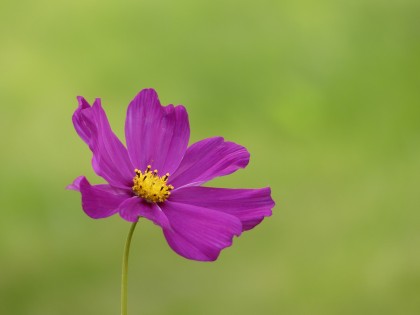
Sample image: In-camera JPEG, Standard setting with a little added contrast and sharpness. The background is beautifully blurred and the flower has excellent detail – impressive performance from the lens maxed out at 600mm and wide open at f/2.8. Click here for a larger image.
The myriad creative filter modes are fun to use if you're the kind who likes to experiment – my favourite was Silky Monochrome. The multiple exposure and time-lapse modes are easy to use, and the panorama function works very well too.
The optical image stabilisation works superbly – I found that I could get pretty consistent results with shutter speeds as low as 1/40 sec at 600mm, although I'd recommend erring on the side of caution and allowing yourself a little more room for error.
In most AF modes, autofocus is remarkably responsive and accurate, rarely failing to lock onto subjects. Tracking works well, and did a pretty good job of remaining locked onto my dog as it ran towards me. Focus peaking for manual focus also works well, with your subject automatically enlarged on the screen to assist fine adjustments.
There's a huge array of focusing options, with some arguably a little more complex than many users will want. However, the amount of customisation on offer is welcome, enabling you to change the shape, area and size of the focus point or area.
The one mode I really could not get to work properly, though, was pinpoint focusing – this is meant to enable more precise focusing but I found that it struggled to lock onto my subject and, even when it could, it was extremely slow to do so.
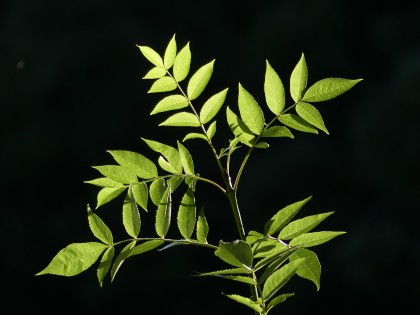
Sample image: In-camera JPEG, Standard setting with a little added contrast and sharpness. Underexposing by 1/3-stop to retain highlights there's plenty of detail in this backlit ash. Click here for a larger image.
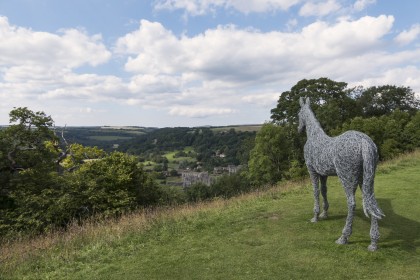
Sample image: The FZ330 at its widest 25mm setting. Raw file processed in Lightroom and Photoshop. I had to lift the shadows here, which increased luminance noise, and then reduce the noise in Lightroom. Click here for a larger image.
Panasonic has really upped the stakes by including 4K as well as HD video in the FZ330, and the three 4K burst modes, which enable you to extract stills from the 30fps footage, will be of real interest to wildlife and action photography enthusiasts. The resulting JPEG files are reduced in size to 8Mp, but the quality is very good and this is certainly no gimmick.
As we've come to expect with this line of Panasonic cameras, metering is mostly very accurate, with auto white balance (AWB) also working very well to produce true-to-life colours in most conditions; in more overcast conditions AWB may be a touch on the cool side for some tastes, but if so a quick change to Cloudy will give you subtly warmer images.
Dynamic range is, not surprisingly, a little limited given the small sensor size, with negative exposure compensation sometimes required to avoid highlight clipping. At lower sensitivities there's enough latitude to open up the shadows somewhat to compensate, without causing excessive noise, even in the JPEG files.
The high dynamic filter option does a very good job of controlling shadows and highlights, albeit producing a rather more saturated image than I'd choose.
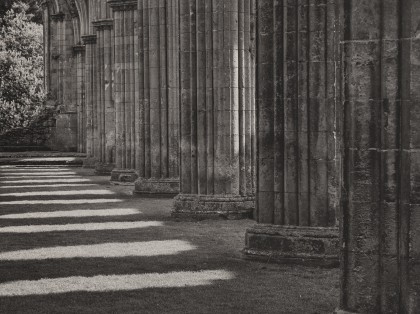
Sample image: Raw file processed in Lightroom and converted to monochrome with Silver Efex Pro. This image has retained good structure despite fairly aggressive processing. Click here for a larger image.
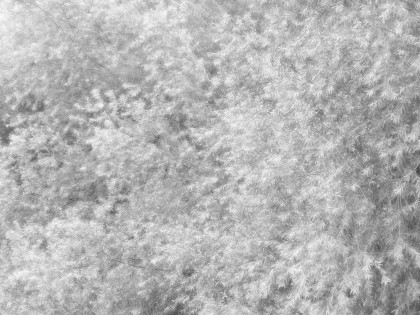
Sample image: The Silky Monochrome creative filter produces a lovely soft-focus JPEG image with high-key processing and a pleasing glow. Click here for a larger image.
In-camera JPEG quality is very good, particularly at lower sensitivities. There are a range of picture modes to choose from, and I found the Standard setting, which gives a very slight boost to saturation, contrast and sharpness, produced perfectly good results.
I also set noise reduction to its minimum, which does a good job of controlling luminance noise whilst retaining ample detail. Raw files show a finer level of detail, as we'd expect, but the real-world difference is minor at lower sensitivity settings.
Having kept the sensor at 12.2 million pixels for the FZ330, Panasonic has ensured that noise is handled relatively well for a 1/2.3-inch sensor. Luminance noise is noticeable in raw files even at ISO 100, but only when they're viewed at 100%, and it's easily minimised with a little software noise reduction; both raw and JPEG files are still reasonably detailed at ISO 1600 in good to average light.
In-camera noise reduction is quite aggressive even at its lowest setting, but even images shot at ISO 6400 would make acceptable small prints.
Sample Panasonic FZ330 ISO test results
We shoot a real-world scene to get a visual indication of the camera's noise levels across the ISO range. The right side of the scene is darkened deliberately because this makes noise more obvious.
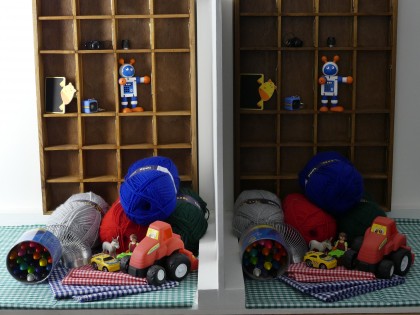
ISO 200: Click here for a full-size version.

ISO 6400: Click here for a full-size version.
